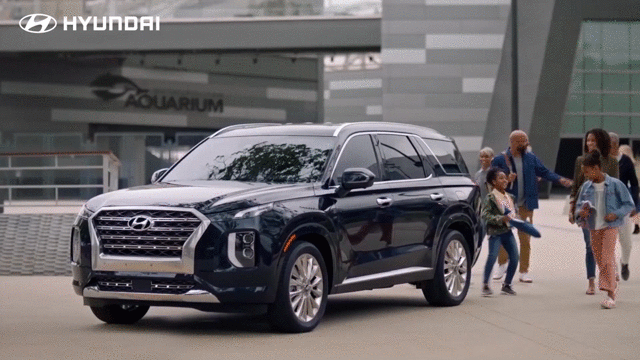EUGENE HERBERT
Early projections for fuel price changes indicate that both petrol and diesel will decrease by 4c and 55c per litre respectively. This is welcome news following two months of price increases for diesel. It brings the cost of a litre of diesel below R20 and only slightly over for petrol.
This does not, however, mean eco-driving should be waylaid.
There are environmental benefits that extend far beyond the immediate cost-savings. Eco-driving has a ripple effect, including supporting the sustainability imperative.”
Tyre wear
Uneconomical driving dramatically accelerates tyre wear. Harsh acceleration and sudden braking creates additional friction between tyres and the road. Innovation for Sustainable Development estimates South Africa generates more than 11 million end-of-life tyres annually. There are approximately 60 million used tyres—more tyres than people.
Eco-driving can reduce tyre wear by:
- Extending tyre life by 20-30%
- Reducing manufacturing demands on the environment. Asingle tyre requires 8% of the tyres weight in oil to produce and generates approximately110kg of carbon dioxide
Carbon emissions
In addition to reducing carbon dioxide, eco-driving reduces other air pollutants. Harsh driving increases nitrogen oxides, particulate matter, and volatile organic compounds by up to 40%—pollutants that form ground-level ozone and urban smog.
Eco-driving lowers emissions by reducing:
- Brake dust pollution
- Microscopic metal particles from harsh braking that are inhalable
Road infrastructure
Harsh acceleration and sudden stops place additional stress on roads. Roadways deteriorate faster, and potholes form faster. Smooth acceleration distributes forces more evenly whereas aggressive driving concentrates the force.
Eco-driving reduces infrastructure wear by:
- Decreasing environmental costs of extracting and processing concrete, asphalt, and steel for maintenance
- Minimising construction-related ecosystem disruption
Air quality
The benefit of eco-driving on air quality is particularly pronounced in metropolitan areas. The World Health Organisation (WHO) estimates transportation typically accounts for 50-60% of urban air pollution. European cities with eco-driving education programs show measurable air quality improvements
Eco-driving improves air quality with:
- Smooth acceleration and adequate following distances which reduces congestion
- Less idling
- Fewer stop-and-go cycles
- A major advantage of eco-driving is its power to have an immediate effect. “Many environmental interventions take time to achieve significant uptake, whereas eco-driving can be done immediately with any vehicle and driver.
- “Eco-driving has compelling reasons for adoption that extend beyond personal fuel savings. It is an essential part of a more sustainable transportation system benefiting every road user,” says Herbert.
Eugene Herbert is the CEO of MasterDrive based in South Africa
©Copyright MOTORING WORLD INTERNATIONAL. All rights reserved. Materials, photographs, illustrations and other digital content on this website, may not be reproduced, published, broadcast, rewritten or redistributed in whole or in part without prior written permission from Motoring World International
Contact: editor@motoringworldng.com





